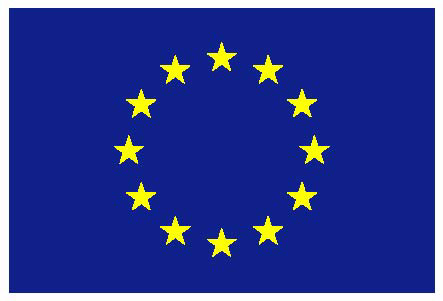Ferromagnetic interaction between Cu ions in the bulk region of Cu-doped ZnO nanowires
Authors: T. Kataoka, Y. Yamazaki, V. R. Singh, and A. Fujimori, F.-H. Chang, H.-J. Lin, D. J. Huang, C. T. Chen, G. Z. Xing, J. W. Seo, C. Panagopoulos and T. Wu
Published in: Physical Review B 84, 153203, 2011.
We have studied the electronic structure and the magnetism of Cu-doped ZnO nanowires, which have been reported to show ferromagnetism at room temperature [G. Z. Xing et al., Adv. Mater. 20, 3521 (2008)], by x-ray photoemission spectroscopy (XPS), x-ray absorption spectroscopy (XAS), and x-ray magnetic circular dichroism (XMCD). From the XPS and XAS results, we find that the Cu atoms are in the “Cu 3+” state with mixture of Cu2+ in the bulk region (∼100 nm), and that Cu3+ ions are dominant in the surface region (∼5 nm), i.e., the surface electronic structure of the surface region differs from the bulk one. From the magnetic field and temperature dependencies of the XMCD intensity, we conclude that the ferromagnetic interaction in ZnO:Cu NWs comes from the Cu2+ and Cu3+ states in the bulk region, and that most of the doped Cu ions are magnetically inactive, probably because they are antiferromagnetically coupled with each other.






